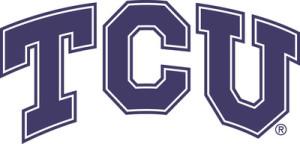“Nineteenth-Century Replication and Its Digital Legacy”
A technology as well as scientific and aesthetic concept, replication pervaded nineteenth-century paleontology, archaeology, evolutionary biology, art, literature, manufacture, and print culture. As a concept, replication enabled the spread and evolution of life forms but also inspired nightmare or parodic visions in literary and scientific texts. Replica paintings enabled the widespread experience of art but raised anxieties about authenticity and originality. And the proliferation of consumer goods, visual images, books, and periodicals naturalized the copy as a feature of modernity while anticipating the current digital forms that now recirculate cultural heritage and fundamentally shape our contemporary knowledge, identities, and imagination.
For details about hotels, parking, and related queries, please email Samantha Moore, Addie Levy Research Fellow, at s.l.moore@tcu.edu.
